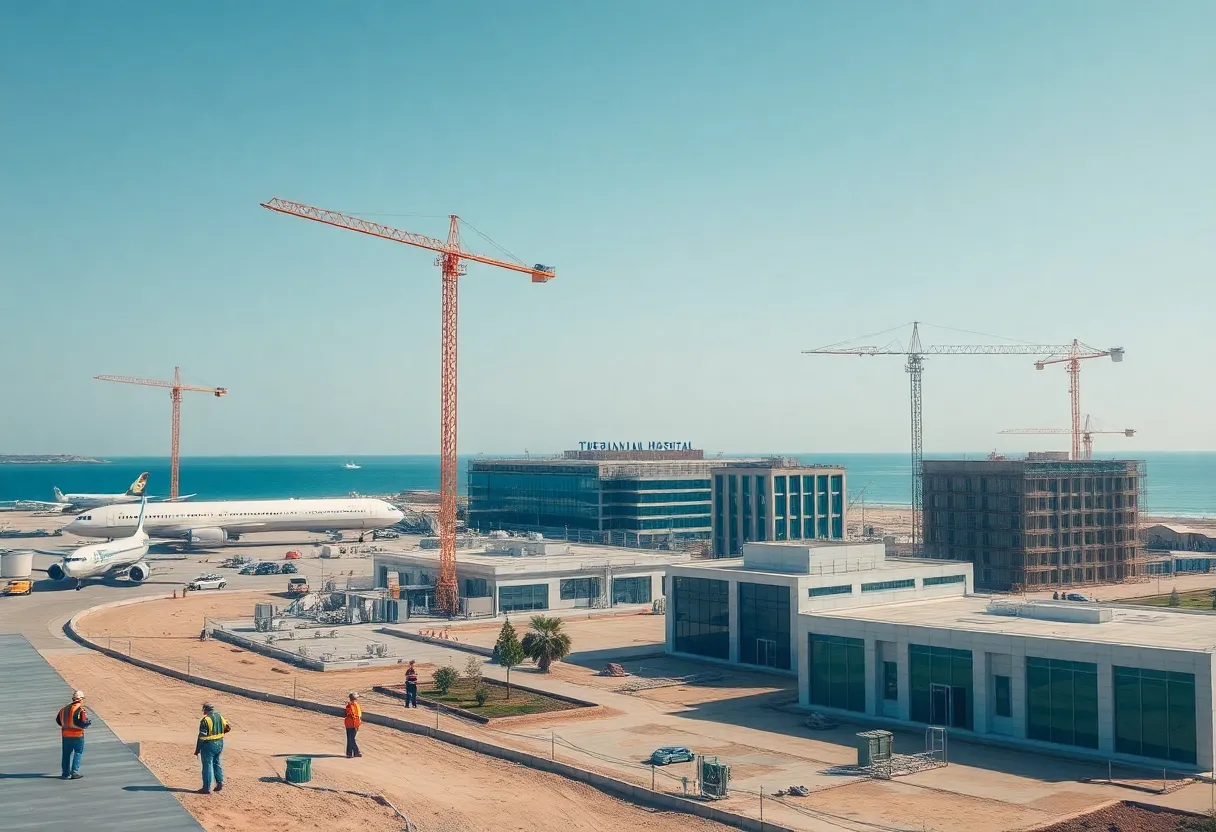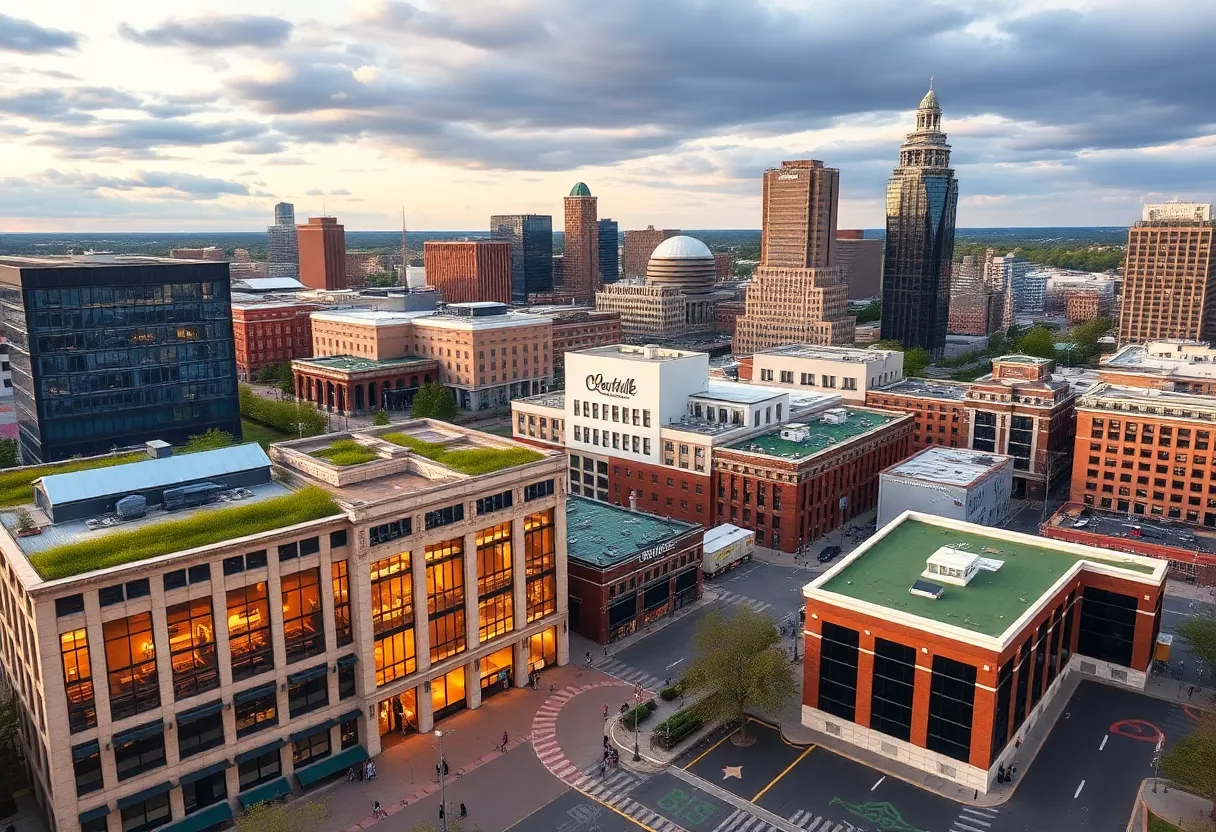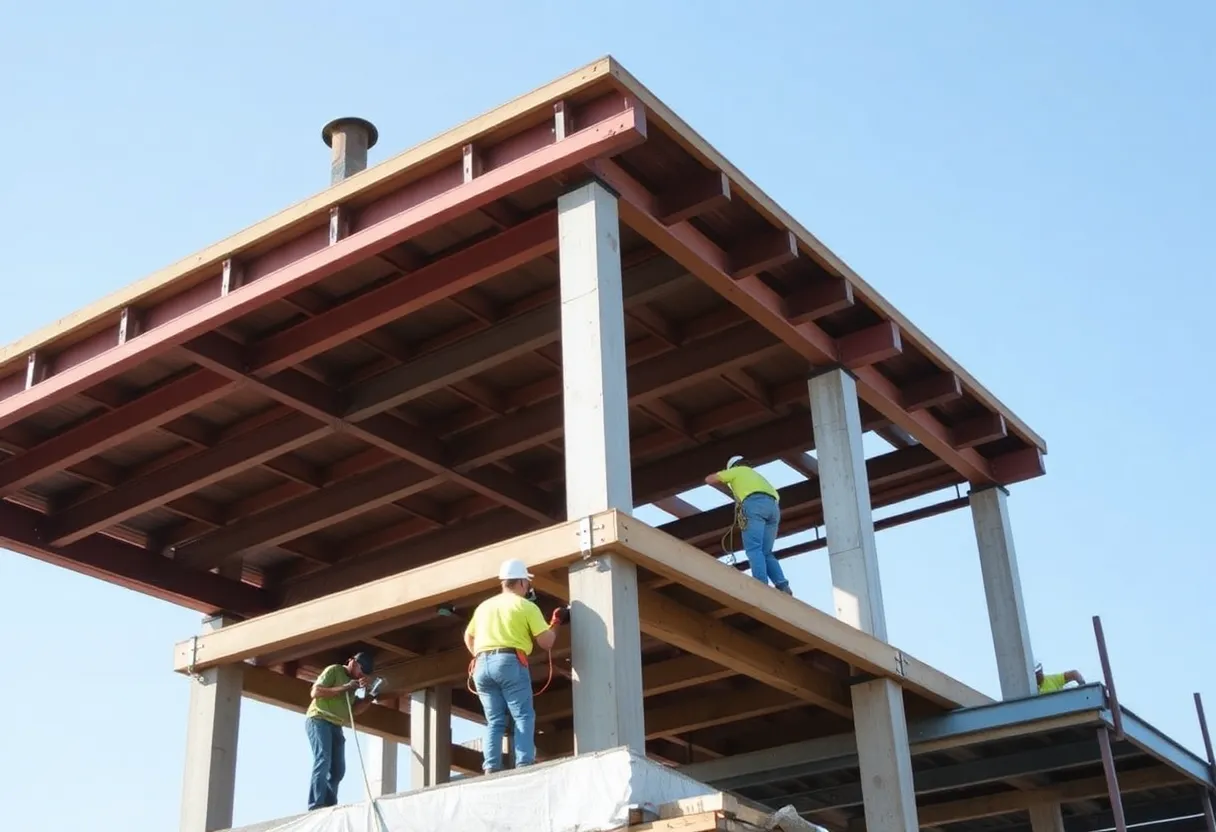, October 12, 2025
News Summary
Major regional investments are advancing across Latin America and the Atlantic: the Development Bank of Latin America and the Caribbean (CAF) approved a US$96 million loan for Cabo de Santo Agostinho to fund sanitation, drainage, roads, social infrastructure and a new Women’s Hospital benefiting over 200,000 residents. In Los Cabos, rapid population growth is prompting airport expansion, new roads and desalination projects to address water and housing pressures. Cape Verde unveiled a national 5G strategy to boost connectivity, smart tourism and digital services. Together these initiatives aim to strengthen resilience, public services and long-term economic growth.
Major regional projects move forward: CAF approves US$96 million for Cabo de Santo Agostinho as Los Cabos prepares for big growth and Cape Verde launches a national 5G plan
The most immediate development in regional infrastructure is the formal approval of a US$96 million loan from the Development Bank of Latin America and the Caribbean (CAF) for the municipality of Cabo de Santo Agostinho in Pernambuco, Brazil. The amount is part of a larger US$120 million operation aimed at urban and infrastructure upgrades that will directly benefit more than 200,000 residents. The program targets sanitation, drainage, road works, mobility, social services, tourism adaptation and climate resilience, and includes a planned Women’s Hospital to improve access to specialized health care.
What the CAF loan will fund
- Urban drainage systems and risk-area containment to reduce flood and landslide risks.
- Paving and road redevelopment, including bicycle lane construction.
- Expansion and modernization of parks, sports facilities, cultural centers, schools and health centers.
- Environmental recovery of coastal areas and improvements to solid-waste management to support sustainable tourism.
- Creation of a first-rate Women’s Hospital to strengthen health services with a gender-equity focus.
The loan reinforces the lender’s presence in Brazil’s northeast and is designed to reduce inequality, expand social infrastructure and increase resilience to climate pressures. The program is intended to support inclusive urban development that benefits women and vulnerable groups while boosting the city’s industrial and tourist roles within the greater metropolitan region.
Los Cabos braces for population surge and major projects
Farther north on the Pacific coast, Los Cabos is racing to keep up with growth and service demands. The municipality grew from about 44,000 residents in 1990 to more than 350,000 by 2020, and models now project the population could nearly double again by 2035 to between 600,000 and 650,000 residents if current trends continue. That expansion is straining water, housing and transport systems even as authorities and private groups advance several large projects.
Airport expansion and road plans
- The international airport is being upgraded to handle roughly 40% more passenger volume and new routes from North America, Europe and Latin America. Terminal consolidation will shift all operations into an expanded Terminal 2 by 2029.
- The airport upgrade is part of a larger airport group investment that assigns about 7 billion pesos to this site. Expansion steps include three new gates, nearly 20 self-service kiosks, a baggage area expansion of roughly 33% and additional immigration checkpoints.
- Road improvements include the Fonatur roundabout and underpass project used by more than 60,000 vehicles a day, with an expected completion target in summer 2026, and a planned 20.3 km Eje Interurbano to provide a third route between the two main cities and the airport. The Interurban Axis carries an estimated budget of 5 billion pesos but still needs federal approval and a construction start date.
Water, desalination and shortfalls
Los Cabos faces a water deficit of about 600 liters per second. Two desalination plants together are projected to produce about 650 l/s, which would cover current shortages—with the caveat that rising population could quickly outpace supply. The second public-private desalination plant in Cabo San Lucas, a project delayed for years, is now around 41% complete with a target opening in October 2026. Investment so far in that plant totals over 1.145 billion pesos. Community protests over water shortages have occurred in multiple neighborhoods, and authorities have identified desalination as a key near-term fix.
Housing and development pressures
Demand for housing far exceeds supply. High-value coastal tracts are being developed for luxury resorts and residences, while affordable housing and rental units remain scarce. Planned resort projects in the East Cape and elsewhere will add luxury inventory, but they are unlikely to solve the housing shortage for working residents. Public housing programs face difficulty because land costs are high and available tracts are limited.
Short-term disruptions, long-term stakes
Construction is already causing traffic delays and travel disruptions for residents and tourists. Authorities and planners say the projects will pay off over time, but there are persistent concerns about environmental impacts, public services, and whether infrastructure will scale quickly enough to serve a much larger population.
Cape Verde launches a national 5G strategy
An island nation in the central Atlantic has unveiled a National Strategy for 5G as part of a broader digital project funded by an international lender. The plan aims to make the country a regional hub for telecommunications, innovation and entrepreneurship by 2030, with goals including raising internet penetration to 90% by 2026 and using 5G to boost smart tourism, digital health, education and agriculture.
The strategy stresses collaboration among regulators, telecom operators, the private sector, academia, international partners and the diaspora. Economic studies undergird the plan, and its backers expect 5G to be a critical infrastructure driver for the next decade with substantial economic impacts by 2036.
Why these developments matter
- CAF’s loan targets inclusive urban upgrades and climate resilience in a coastal Brazilian city of over 200,000 people.
- Los Cabos’ multiple large projects—airport expansion, new roads, and desalination—are aimed at handling fast population and visitor growth but will intensify short-term disruption and test public services.
- Cape Verde’s 5G plan positions a small country to expand digital services and regional connectivity, tying technology investments to long-term economic goals.
Taken together, these moves show how cities and countries are balancing urgent service needs with major investments in transport, water and digital infrastructure. Success will depend on timely construction, continued public engagement, adequate funding, and careful planning to limit environmental and social costs.
Frequently Asked Questions
What is the CAF loan for Cabo de Santo Agostinho?
The loan is US$96 million toward a US$120 million operation to fund urban infrastructure, sanitation, roads, drainage, social facilities and coastal environmental recovery for more than 200,000 residents.
How will Los Cabos cope with fast population growth?
Authorities are expanding airport capacity, planning new roads including the Eje Interurbano, and boosting desalination capacity. Housing and water remain critical constraints, and affordable housing measures are still limited by land availability and cost.
When will the second desalination plant in Cabo San Lucas be ready?
The plant is reported to be about 41% complete with a target opening in October 2026, and the two desalination plants together should produce about 650 liters per second.
What are the airport expansion timelines?
The airport will consolidate functions into an expanded Terminal 2 by 2029, adding gates, kiosks and baggage and immigration capacity to handle about 40% more traffic.
What does Cape Verde hope to achieve with 5G?
The country plans to increase internet access and speed, reach 90% internet penetration by 2026, and use 5G to boost smart tourism, health, education and agriculture while positioning itself as a regional digital hub by 2030.
Key features at a glance
| Topic | Key facts | Timeline / Status |
|---|---|---|
| CAF loan — Cabo de Santo Agostinho | US$96M of US$120M operation for sanitation, drainage, mobility, social infrastructure, tourism adaptation, climate resilience, Women’s Hospital | Approved October 10, 2025; implementation to follow |
| Los Cabos — population | From ~44,000 (1990) to >350,000 (2020); projected 600,000–650,000 by 2035 | Ongoing growth; planning documents updated periodically |
| Los Cabos — airport | Terminal consolidation to Terminal 2; +3 gates; +40% capacity; 7 billion pesos allocated | Expansion program through 2029 |
| Los Cabos — desalination | Two plants combined expected to produce ~650 l/s; second plant 41% complete; ~1.145 billion pesos invested so far | Second plant targeted October 2026 |
| Cape Verde — 5G strategy | National 5G plan to boost connectivity, digital services and economic growth; target 90% internet penetration by 2026 | Launched as part of the national digital project; funded by an international lender |
Deeper Dive: News & Info About This Topic
Additional Resources
- Mexico News Daily: What Will Los Cabos Look Like in 10 Years?
- Wikipedia: Los Cabos
- Mexico News Daily: Local major infrastructure projects reflect growing pains in Los Cabos
- Google Search: Los Cabos infrastructure projects
- TechAfricaNews: Cabo Verde launches national 5G strategy
- Google Scholar: Cape Verde 5G strategy
- Dry Cargo Magazine: Laying the groundwork for infrastructure investment in Cabo Verde
- Encyclopedia Britannica: Cape Verde
- Vallarta Daily: Los Cabos water shortage — San Lázaro plant
- Google News: Los Cabos desalination San Lázaro plant
Author: Construction FL News
The FLORIDA STAFF WRITER represents the experienced team at constructionflnews.com, your go-to source for actionable local news and information in Florida and beyond. Specializing in "news you can use," we cover essential topics like product reviews for personal and business needs, local business directories, politics, real estate trends, neighborhood insights, and state news affecting the area—with deep expertise drawn from years of dedicated reporting and strong community input, including local press releases and business updates. We deliver top reporting on high-value events such as the Florida Build Expo, major infrastructure projects, and advancements in construction technology showcases. Our coverage extends to key organizations like the Associated Builders and Contractors of Florida and the Florida Home Builders Association, plus leading businesses in construction and legal services that power the local economy such as CMiC Global and Shutts & Bowen LLP. As part of the broader network, including constructioncanews.com, constructionnynews.com, and constructiontxnews.com, we provide comprehensive, credible insights into the dynamic construction landscape across multiple states.





